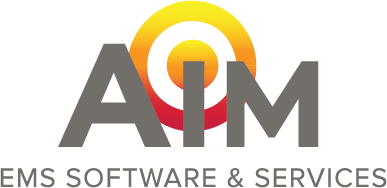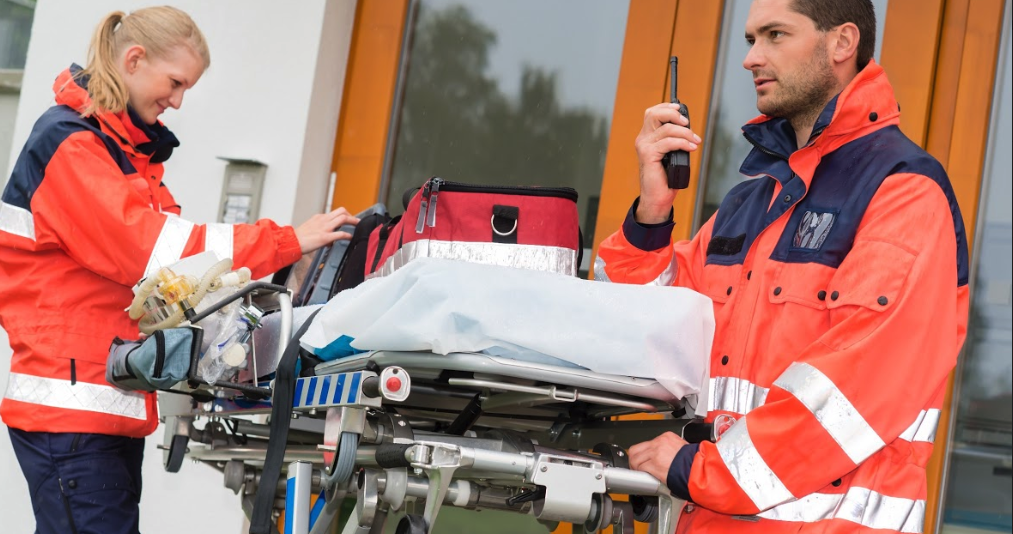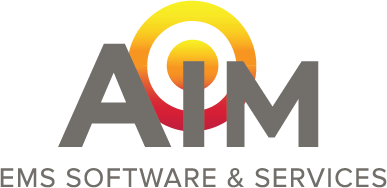ePCRs protect you and your patients, ensure care quality, enable improvement over time—and help you get paid.
EMS agencies continue to struggle to make ends meet. The cost of EMS patient care continues to rise, while ambulance reimbursement rates continue to disappoint. In addition, Federal and state regulations continue to multiply. When payers and regulators fail to see the immense value EMS brings to healthcare, economical solutions can be hard to find.
This post, the third in a 10-post series, highlights another EMS best practice intended to help your agency keep its footing by increasing efficiency and improving revenue.
EMS Best Practice #3: Leverage ePCRs to Improve Care, Compliance, and Cash
No one likes writing PCRs. At best they are time-consuming overhead, and at worst they get in the way of delivering efficient patient care. Unfortunately, it’s the law. Moreover, PCRs protect you, protect your patients, protect your business, ensure quality of care, and enable improvement over time. Most importantly, they help you get paid.
PCR training is essential, but even the best trained EMS staff will not remember all the ins and outs of how their PCRs relate to Medicare reporting requirements, recent legal decisions, and new compliance regulations. For example, the reporting requirements of a three-car pile-up will differ significantly from those of a drug overdose or a domestic violence call. And then there are the typos, misspellings, unknown acronyms and simple mistakes. In today’s complex EMS environment, you simply can’t produce quality PCRs with manual paper processes.
Invest in a quality ePCR software to eliminate needless mistakes and improve care, compliance, and cash. Good ePCR software automatically validates mandatory fields based on call type and data comparisons against prior transport records. It can also be configured to reflect local EMS requirements. ePCR software should be easy to use and should guide crews to complete accurate and compliant reports. The superior documentation will greatly benefit your patients and your business by ensuring critical information doesn’t fall through the cracks.
Want to see all 10 EMS best practices?
Download our eBook, Ten Best Practices to Optimize EMS Workflow, to gain nine more best practices that will help you revitalize your organization, increase efficiency, and improve revenue. It includes concrete actions that you can take to streamline dispatch, simplify patient care reporting, and improve EMS billing to maximize reimbursement.





